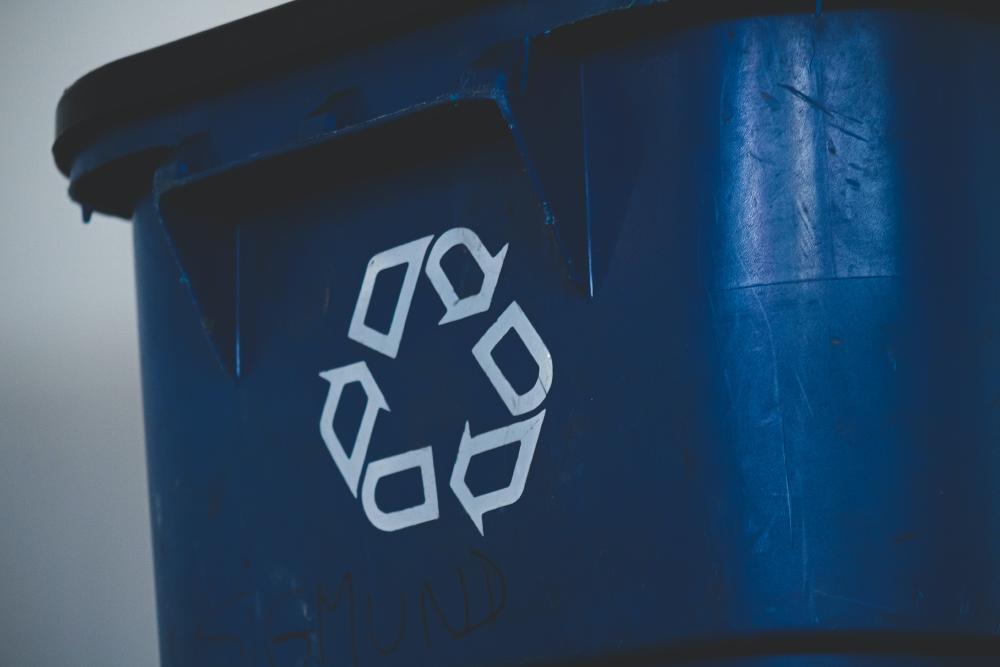
If you already think that composting is similar to magic, bokashi composting may seem like fancy magic to you. Here you will learn everything you need to know about this particular composting method with some oriental vibes. All you need to know about a fancy way of composting.
As you probably already know, composting converts vegetable waste into organic material. It involves the controlled decomposition of organic materials such as fruits, vegetables, prunings, grass, leaves, etc. through a biological process, where microorganisms, oxygen and environmental factors such as humidity and temperature interact. It is necessary to create optimal conditions for the life of microorganisms that degrade organic matter. The aim is to stimulate microorganisms that feed in aerobic conditions in an environment with oxygen.
Here is the complete Guide on how to Composting at Home if you are just starting with the regular kind of compost.
But, what does Bokashi composting mean? Is it the same as regular compost? Is it better?
Bokashi has been used as an organic fertilizer by Japanese farmers for many years. It is a Japanese word meaning "fermented organic matter" and it is probably one of those ordinary, usual and traditional practices for one culture that become novel to the culture they arrive. In fact, in its beginnings, the Japanese prepared this fertilizer using their own excrement in order to apply it to their rice fields. Let me develop some ideas and then we can come to a common conclusion.
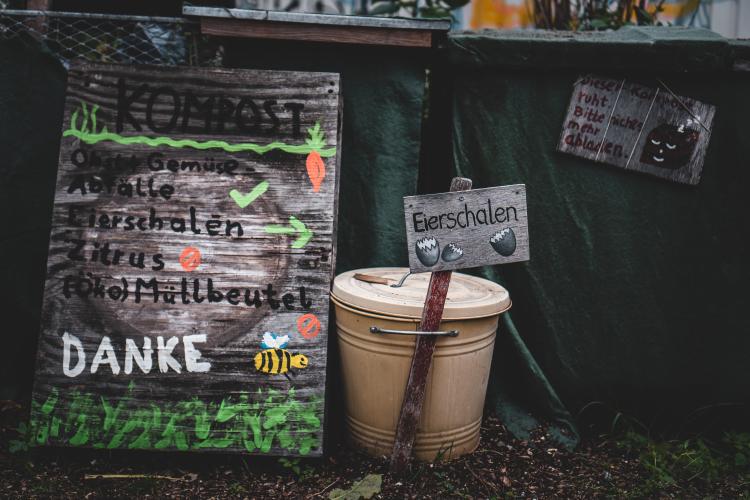
While composting needs oxygen and, commonly, worms, bokashi composting can be named as a pre-composting process. Pre-composting ferments, and prevents putrefaction of the organic material. In this stage a controlled fermentation of organic matter is carried out, without the restrictions that exist for composting. This means that organic material such as meat, cooked or raw, fish with bones, poultry and its bones, dairy products, can be included in addition to the organic material that is normally composted. In this biological process microorganisms interact but in the absence of oxygen.
Bokashi composting is an anaerobic process so it must be deprived of oxygen. For that it must be carried out in an airtight container (with a lid). Later in this post I´ll give you some container options for a perfect bokashi. Unlike composting, which requires controlled oxygen, humidity and temperature, in anaerobic pre-composting, the absence of oxygen and the presence of special microorganisms (sorry for being so technical, but are called lactobacillus) ensure that the temperature does not rise but that pathogens are eliminated.
Basically, bokashi is an organic fertilizer with a Japanese origin. In its literal meaning, it means fermented organic matter and although is similar to regular composting, it has significant differences in the way it works, and chemistry is the key.
The composting process lasts from 3 months to a year; pre-composting lasts the time of preparation of the newspaper or cardboard sheets, their drying, the collection of organic matter and the time of consolidation of the fermentation process. Time periods may be similar, but classic compost needs approximately 90 days to be in optimal conditions for use, while Bokashi composting is the result of a fermentation process that takes only 14 to 21 days.
A major difference between Bokashi composting and compost is that its composition does not attract undesirable insects. In fact, it even scares them away. This characteristic is considered a kind of additional protection for plants. It is able to supply micronutrients in a soluble form and improve the pH, which is biologically favorable for root absorption. In this way, bokashi can prevent the occurrence of root diseases in plants.
If you are a small house or balcony type of compost lover, it is also important to note that bokashi does not emit an unpleasant smell, so having it at home is very easy and pleasant.
While you will need at least a small piece of garden for compost, pre-composting includes a lot of organic waste that cannot be put in the compost pile and no land or yard is needed. All you need is a compost bin with a lid, and a pot with soil to bury the fermented material to complete the composting process. Bokashi composting bins are also balcony-friendly.
Bokashi composting does not require any ingredient beyond anyone's reach. You can buy the Eficient Microorganisms bokashi composting needs but one way to obtain them from nature is through the incorporation of forest mulch. This ingredient contains a high amount of decomposing microorganisms that will favor the bokashi production process.
What's more, there are many formulations, since it adapts to the materials obtained in each region of the world, and this, in short, is an advantage. The important thing is to know the mechanisms that act and influence the process, so that each producer can formulate his own bokashi, taking into account these variables and with the budget you consider is the proper one.
Given the need to increase yields of agricultural crops for human consumption, as well as to reduce the use of agrochemicals potentially harmful to health and the environment in the long term, research has been oriented towards the development of new, friendlier technologies. The residues produced by various activities, whether agricultural, forestry, industrial or domestic, are an alternative in the production of organic fertilizers to remedy the negative effects derived from the excessive use of synthetic fertilizers.
This list is elaborated with orientative quantities, and obviously you can reduce or increase them as long as you keep an approximate proportion between them. It will also depend on the capacity of the compost bin you finally chose.
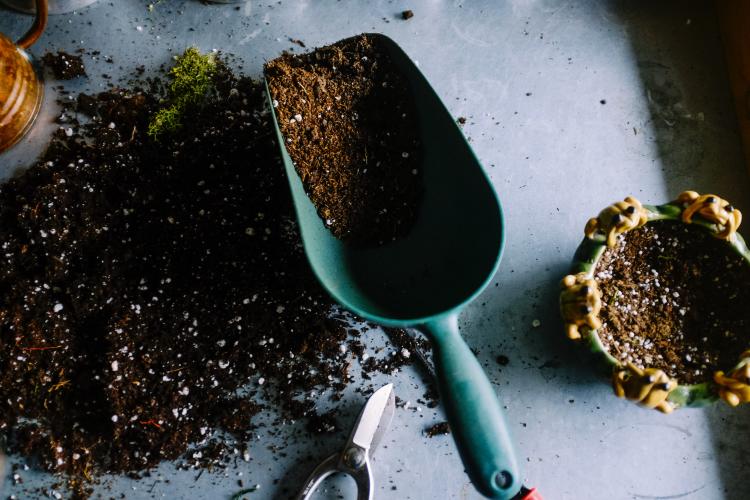
To begin, we must prepare the inoculum, which is what we call the culture of beneficial microorganisms that we want to introduce in our bokashi. Place the water in the Bokashi composting bin, and add the yeast and molasses. Stir until homogeneous, cover and let it stand for 24 hours.
In the space that you are going to use for the preparation of your bokashi, place the common soil mixed with the charcoal, which is preferably in small pieces and of a similar size. Now add a layer of manure or chicken manure (chicken manure is usually richer in nitrogen), rice husks and bran, as well as lime or ashes.

A key aspect of Bokashi composting is the container for the anaerobic process. Here are some options you can consider for Bokashi composting bins and choose for your Bokashi love story.
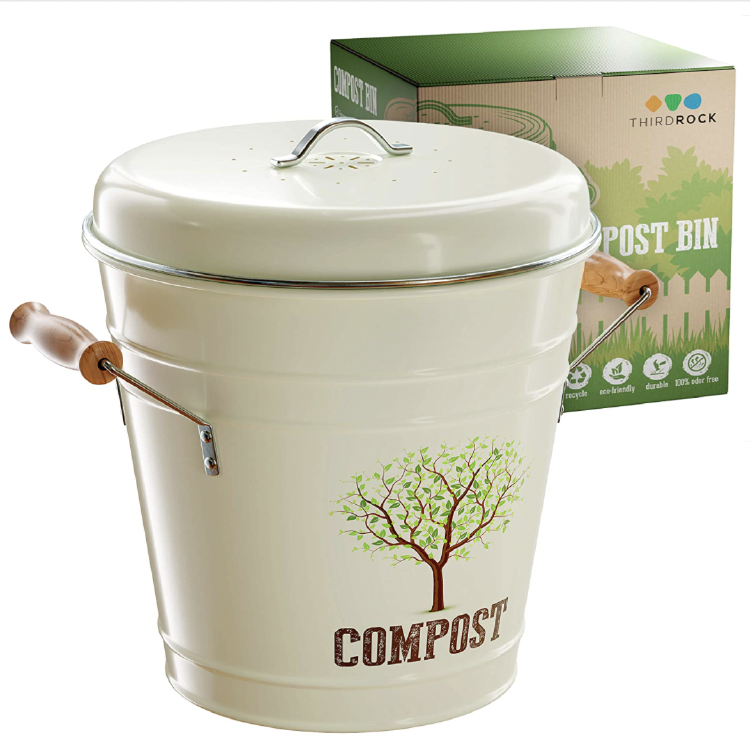
Third Rock Kitchen Compost Bin. 1.3 gallon compost pail with inner liner - Indoor compost garbage can. Charcoal filter is included.

1.8 gallon kitchen composting bin with charcoal filter and lid. Stainless steel kitchen countertop composting bin that won't rust and includes a replacement filter. Black colored available.

Bamboozle food composter, indoor food composting bin for kitchen Graphite colored available. Made of biodegradable, dishwasher safe, and durable bamboo fiber

Bokashi composting starter kit (includes 2 Bokashi bins, 4.4 lbs. of Bokashi bran and complete instructions)
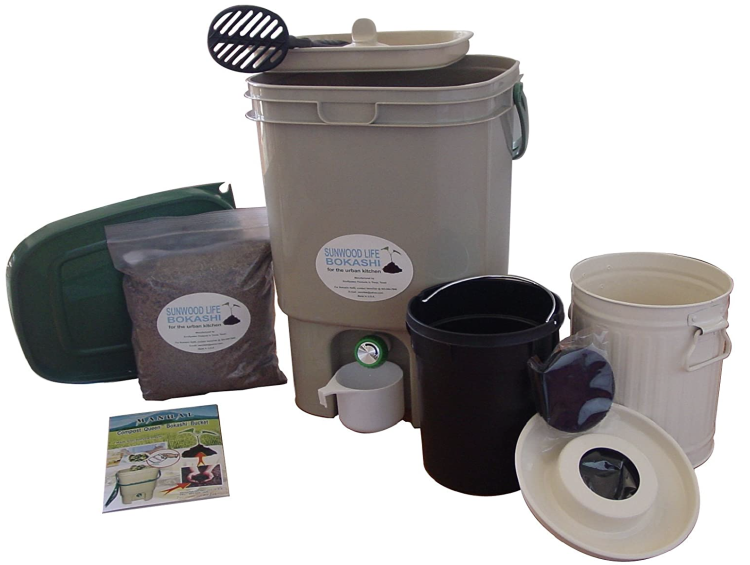
Bokashi composting kit from Sunwood Life. Includes 5 gal bucket made from recycled plastic with EM ceramic powder (Super C); 2.2lbs (1 kg) of Bokashi bran Made in U.S.A;Air-tight lid ensures anaerobic fermentation process; 3/4 gal Kitchen Compost Pail included.
Choosing the right compost bin is very important. If it is nice and practical to use, making bokashi will probably be more pleasant than usual. Also, it is important that a container like this, for daily use, has to do with us, with our lifestyle, aesthetics and colors of preference.
So, are you now ready for Bokashi? A sustainable and japanese compost story you won't regret starting.